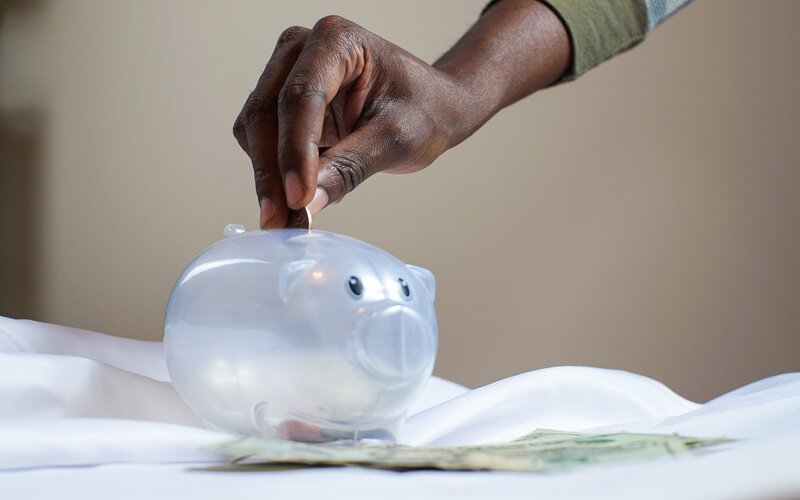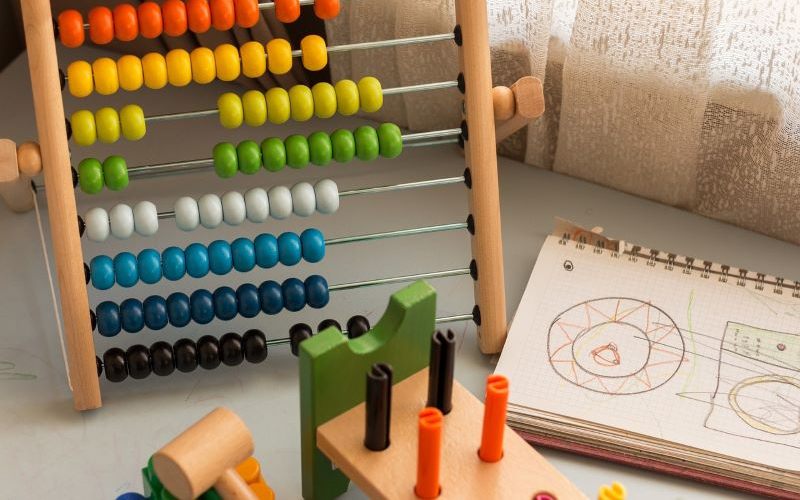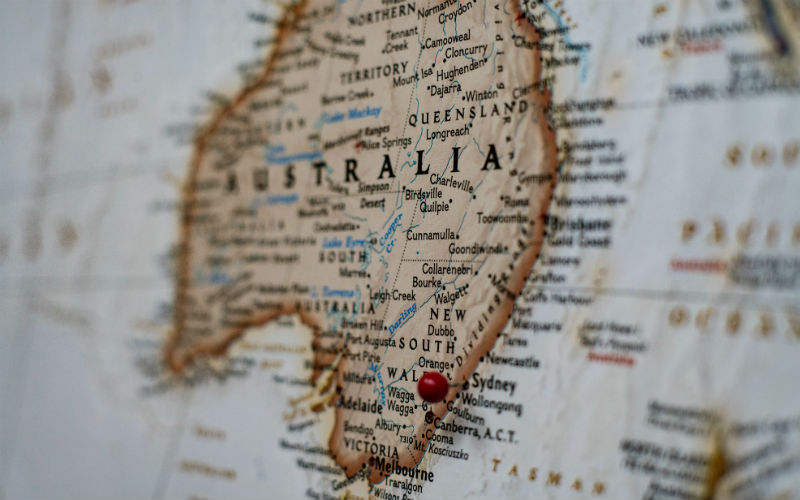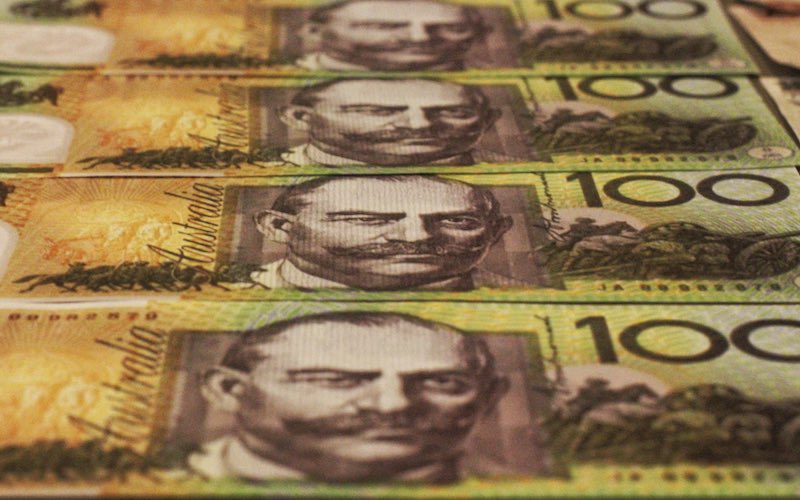The saving ratio has been steadily declining now for eight straight quarters, with rising rates forcing Aussies to devote a higher percentage of income to make mortgage payments, as well as the inflated cost of goods or services.
Even though there were no RBA rate hikes over the September quarter, changes to mortgage payments would have flowed through from June.
There was a quarterly price increase of 1.2%, and prices were 5.4% higher than 12 months prior, with more steep rises in key areas such as groceries and fuel.
ABS head of national accounts, Katherine Keenan, said taxation changes also contributed to the lowest household savings ratio since 2007.
"The removal of the Low and Middle Income Tax Offset in the 2022-23 financial year meant many households had a higher income tax bill this quarter, which has contributed to the fall in the household saving ratio," she said.
For Senior Westpac economist Andrew Hanlan, the national accounts for September do not read well for the everyday Aussie.
"The update is a bleak one for households with incomes under intense pressure, diminished scope for support from savings and some temporary timing effects around vehicles likely to drop out of the spend profile," he said.
Per capita recession continues
Also released in the national accounts was Australia's GDP, which reached about $607 billion by the chain volume measure.
In nominal terms, this was a rise of 0.2% over the quarter, but much of this is attributable to the strong population growth over the past few months.
GDP per capita declined -0.5%, the third consecutive quarter of negative growth, continuing the per capita recession.
However, GDP per hour worked, a key measure of how productive the Australian workforce is, rose 0.9% over the quarter, although labour productivity is still down 2.1% through the year.
RBA watch
Michele Bullock and the RBA will likely have noted GDP growth was significantly weaker than forecast, with market expectations of 0.4% growth materially above the actual figure of 0.2%.
While the board have reaffirmed time and time again its overwhelming priority is to bring down inflation, Ms Bullock might also now be conscious of the possibility of a recession.
Last week though, she said the large savings buffers built up during the pandemic have helped households stay strong, absorbing the impact of the cash rate increases to date.
"Households and businesses in Australia are actually in a pretty good position, their balance sheets are pretty good," Ms Bullock said as a panellist at a conference in Hong Kong last week.
She said this has led to economic activity holding up better than expected, keeping domestic demand strong and prices high.
The RBA therefore might not be too worried about the declining household savings ratio, as this could act in the other direction, bringing down domestic demand and therefore inflation.
Of more concern is likely to be labour productivity growth, which remained negative throughout the year to the September quarter despite the marginal quarterly increase.
In December's monetary policy decision, Ms Bullock said strong wage growth throughout Australia will only be consistent with the inflation target if productivity improves.
Picture by Joslyn Pickens on Unsplash

Ready, Set, Buy!
Learn everything you need to know about buying property – from choosing the right property and home loan, to the purchasing process, tips to save money and more!
With bonus Q&A sheet and Crossword!



 Harry O'Sullivan
Harry O'Sullivan
 Harrison Astbury
Harrison Astbury









